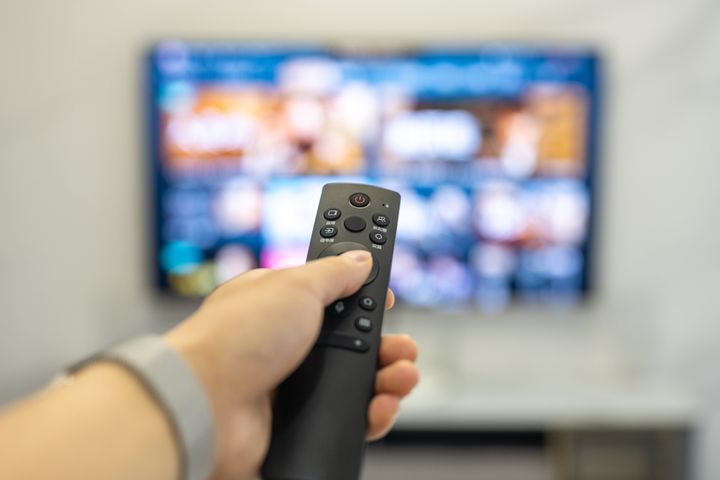
We’ve covered why green screens are, well, green, and have even shared how weather forecasters know where to point on the pre-CGI sheets when presenting.
But another, more fundamental question was asked by a Redditor in the subReddit r/explainlikeimfive 12 whole years ago: “Why do TV shows and movies look ‘different?’” the site user asked.
I’ve been wondering the same thing, which is how I stumbled across the thread ― as the poster put it, “I can’t quite explain what I feel is different, but I can almost always tell when something is a TV show, and when it’s a movie. Something about the colours, etc.”
So what’s going on?
Part of it has to do with the different technology both use.
“NTSC is an abbreviation for National Television Standards Committee, named for the group that originally developed the black and white and subsequently colour television system that is used in the United States, Japan and many other countries. An NTSC picture is made up of 525 interlaced lines and is displayed at a rate of 29.97 frames per second,” Sony writes.
Phase Alternate Line (PAL), “the video format standard used in many European countries,” is comprised of “625 interlaced lines and is displayed at a rate of 25 frames per second.”
Sequential Color and Memory (SECAM) is used in other parts of the world but has the same interlaced lines and frames per second (fps) as PAL.
Meanwhile, many movies are shot at 24 fps, even though technology exists to shoot them at as many as 60 fps. That means movies may look a little different on-screen.
Is that all that’s going on?
No. YouTuber and film enthusiast James Hayes said in a video about the topic, “One of the big differences is the aspect ratio of televisions, which are usually always the same... 16:9, which is the standard for any HD image.”
But films have a wider range of aspect ratios to use, and film shots tend to use a more dynamic range (HDR, which takes details from a range of conditions without having to combine two images together).
“Because film is exposed at the lowest rate of 24 fps, it’s getting the maximum amount of time for exposure... which also means the target (film) is getting the maximum colour saturation,” a Redditor wrote underneath the original post. They added that the work of the director of photography can really change how a film looks.
Add to that the fact that TV and movies can rely on very different sets and that the budget is likely to be very different for one movie versus multiple episodes of a season ― perhaps it’s no wonder you can tell the difference the second you flick on the telly.
